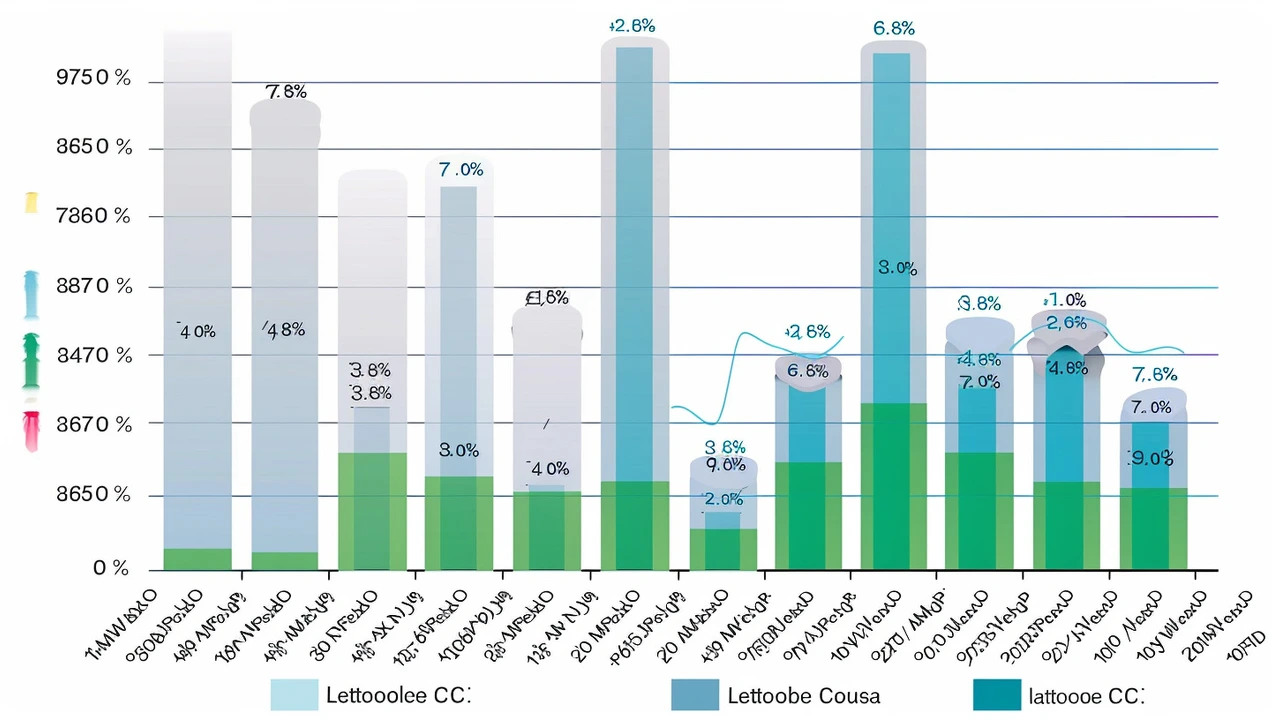JSON Explained: Quick Guide for Beginners
Ever wonder why every web app talks in the same language? That’s JSON – a tiny text format that lets programs share data without drama. Think of it as a digital sticky note you can read anywhere.
Why JSON Matters
If you’ve ever used an app that pulls info from a server, chances are JSON is behind the scenes. It’s lightweight, easy to write, and works with almost every programming language. That means faster load times and smoother experiences for users like you.
Developers love it because they can turn complex data into plain text that looks like JavaScript objects. No extra tags, no bulky markup – just key‑value pairs that make sense at a glance.
How to Work With JSON
Start with a simple example: {"name":"Alice","age":30}. The word before the colon is the key, the part after is the value. Strings need quotes, numbers don’t. You can nest objects or arrays for bigger structures.
When you receive JSON from an API, most languages have built‑in functions to turn that text into usable data. In JavaScript, JSON.parse() does the trick; in Python, use json.loads(). The reverse – turning your data back into text – uses JSON.stringify() or json.dumps().
Always validate JSON before you trust it. A missing comma or stray bracket can break everything. Online validators let you paste the text and spot errors instantly.
If you need to send data, set the request header to Content-Type: application/json. That tells the server you’re speaking JSON, not HTML or XML.
Security wise, never trust raw JSON from unknown sources. Treat it like any other user input – sanitize and check for unexpected values.
JSON isn’t just for web apps. It powers configuration files, game data, IoT devices, and even some command‑line tools. Anywhere you need a simple, readable format, JSON fits.
Got a big dataset? Split it into smaller chunks or use streaming parsers to avoid memory overload. Many libraries support this out of the box.
When you’re done, keep your JSON tidy. Use consistent indentation (two spaces is common) and sort keys if that helps readability. Clean code makes debugging faster.
In short, mastering JSON opens doors to smoother integrations and cleaner code. Try creating a tiny file today, feed it into a script, and see how quickly you can move data around. You’ll be surprised at how powerful such simple text can be.
This article delves into the challenges of JSON (JavaScript Object Notation) interoperability due to parsing differences. It discusses the impact of non-standardized parsing on data exchange and outlines strategies for enhancing compliance and reducing risks in JSON data interchange.
Mar, 22 2024

